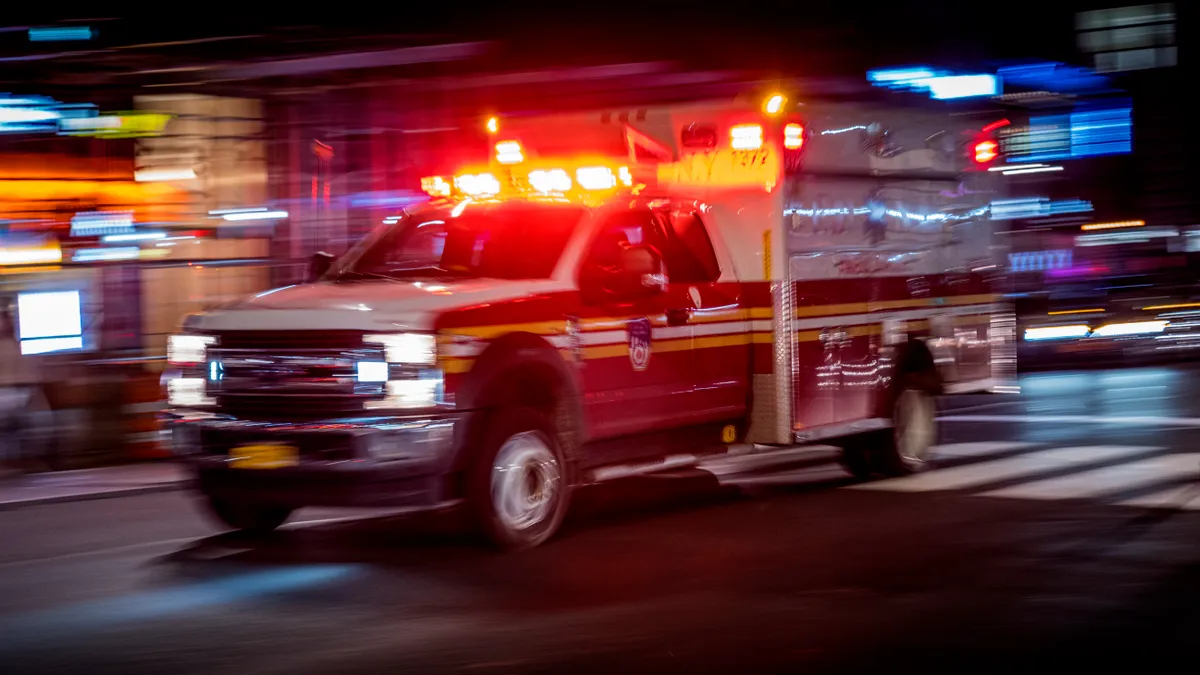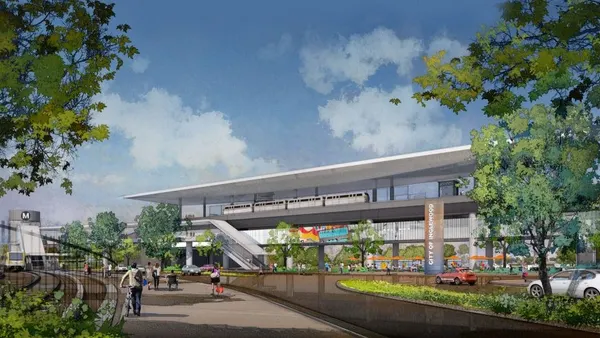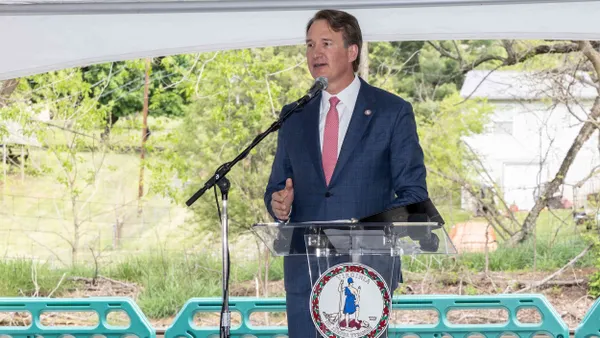The New York City Fire Department (FDNY) is tapping technology from the smart transportation-focused C2SMARTER research center to speed up emergency responses in traffic-congested areas.
In the last decade, the average response time between a 911 call for a life-threatening medical emergency and on-site FDNY arrival rose about 10%, from 6 minutes, 45 seconds to 7 minutes, 26 seconds, according to a press release from New York University’s Tandon School of Engineering, which leads C2SMARTER.
The yearlong project, which began in October, will create a digital twin of an FDNY district in West Harlem. The digital replica will allow researchers to assess why emergency response delays happen and simulate potential solutions before taking them onto actual streets. Ultimately the project hopes to provide real-time routing guidance to FDNY vehicles responding to medical emergencies.
The digital twin will rely on real-time traffic data from sensors and cameras, said Jingqin Gao, C2SMARTER’s assistant director of research. It will also pull from FDNY vehicles’ dispatch data, third-party data from apps like the navigation platform Waze and emerging data sources like taxis and social media. Artificial intelligence will be used to mimic driver behavior and reactions to sirens and other signals from emergency vehicles, the NYU Tandon press release says.
“Every second that’s saved may save a life,” Gao said of the effort to speed emergency medical response. “So it requires ... high accuracy of any tool or any suggestion that we're giving” to alter a vehicle’s routing. Emergency response times have increased in recent years for several reasons, she said, but more traffic seems to be the primary driver.
Emergency response also could be improved through infrastructure changes, hiring more personnel or buying more emergency vehicles, but these options are all more costly and disruptive than in-the-moment digital routing feedback, NYU Tandon’s press release says.
The project will ultimately inform how emergency response vehicles are routed to their destination. It may be able to route them out of the way of congested intersections, for example, or around double-parked cars blocking the flow of traffic.
Come spring, the C2SMARTER team will begin testing some interventions with FDNY. “There's a lot of ideas,” Gao said. “Some interventions are innovative, some are more practical.”
Gao said she’s hopeful that by the end of the yearlong project, her team will be able to disseminate information about which interventions work best for FDNY’s emergency response and how they could be applied in other cities.











